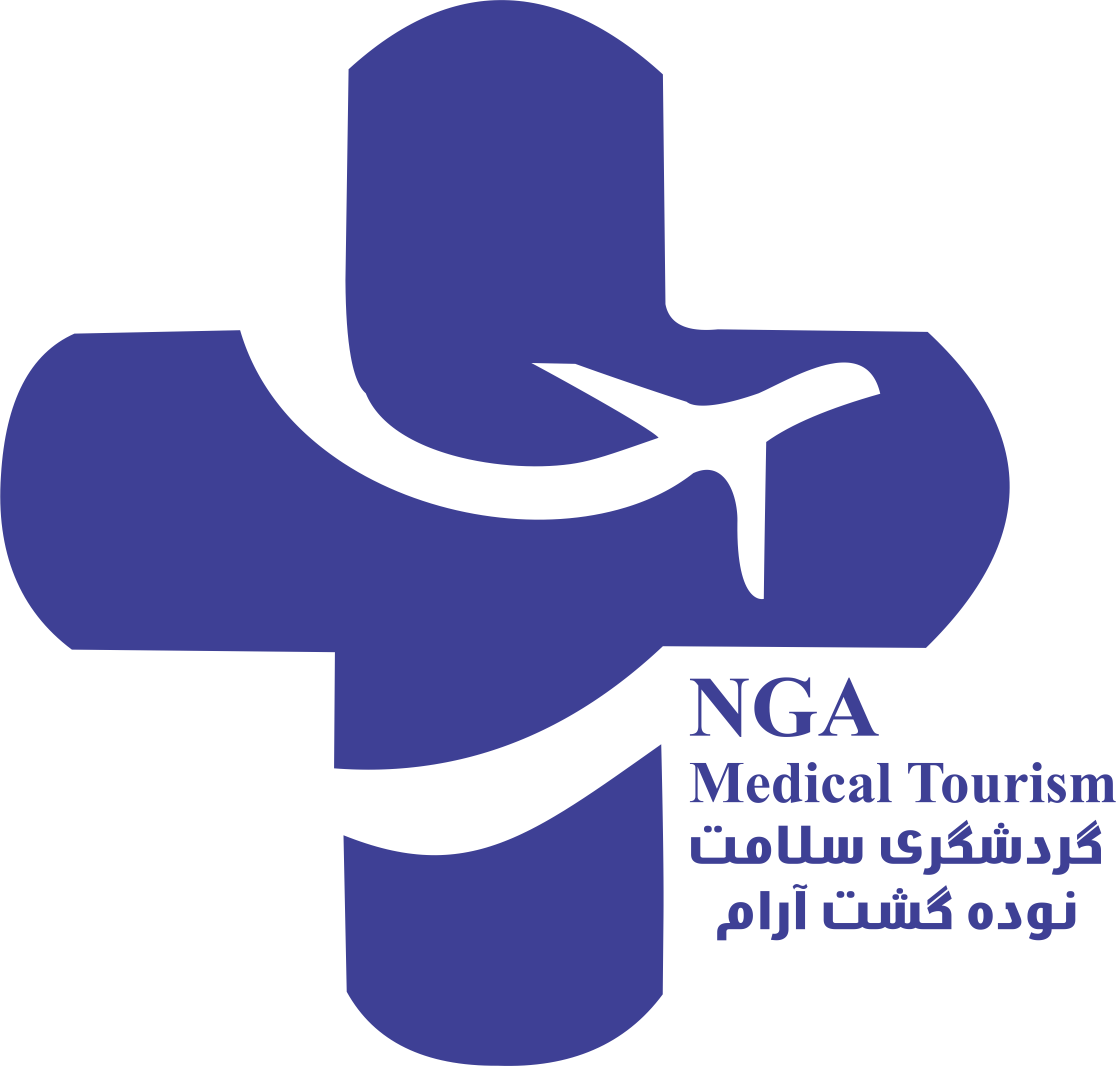
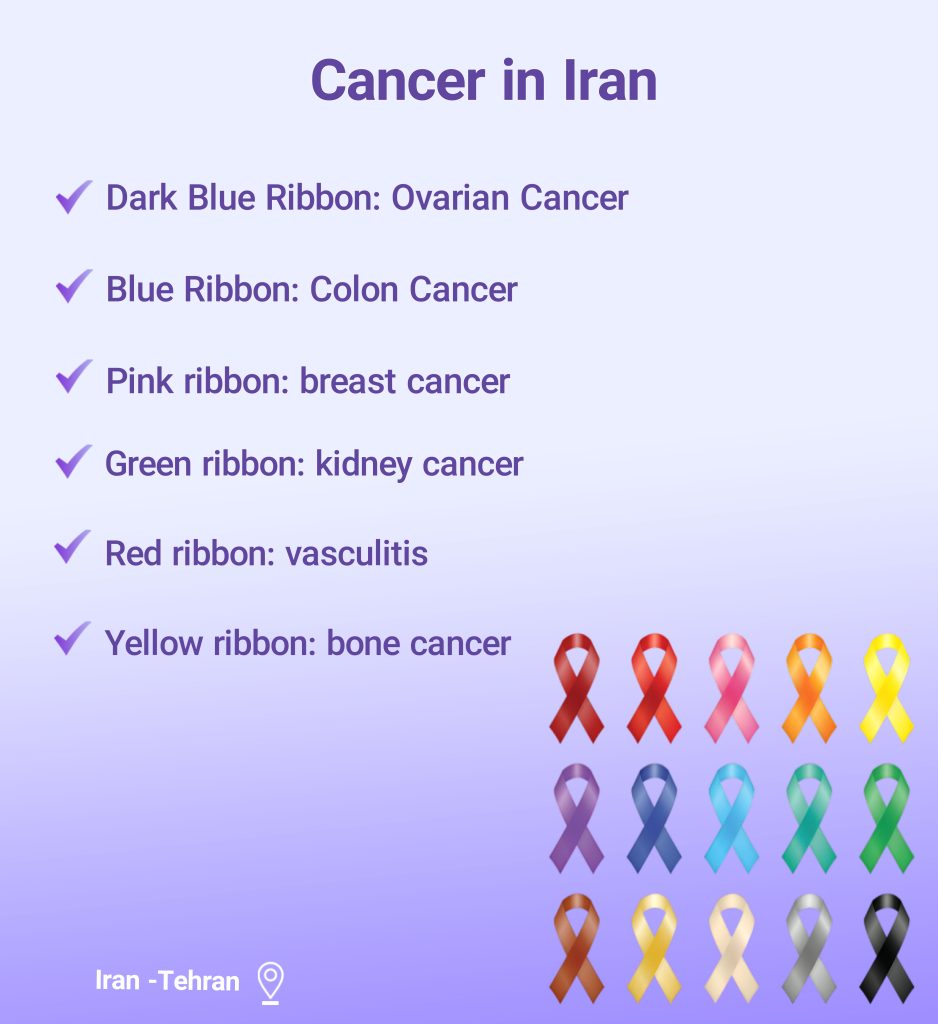
Cancer in Iran: Affordable costs of cancer treatment in Iran
In the realm of cancer in Iran treatment, the country has emerged as a global hub for those seeking effective and compassionate care. The nation’s medical landscape has undergone transformative advancements, boasting state-of-the-art facilities and a cadre of expert oncologists dedicated to pioneering treatment methodologies. From traditional approaches to cutting-edge techniques like immunotherapy, Iran’s commitment to comprehensive oncology care is evident, providing a spectrum of options for patients.
Iran’s approach goes beyond medical excellence; it embraces the holistic well-being of individuals on their journey to recovery. The integration of emotional and mental support systems complements the advanced medical interventions, creating an environment where healing is not merely physical but encompasses the entirety of the patient’s experience.
As a destination for cancer treatment, Iran stands out not only for its medical prowess but also for its accessibility and commitment to extending healing opportunities to a global audience. The country invites individuals from around the world to consider Iran not just as a location for medical intervention but as a partner in their quest for recovery. The fusion of cultural richness, warm hospitality, and a dedication to advancing healthcare positions Iran as a beacon of hope and a destination of choice for those navigating the intricate path of oncology in Iran. Embrace the hope that resonates within the vibrant landscapes and compassionate hearts of those dedicated to your well-being, for your journey to healing begins here.
Which country has the best cancer treatment? What is the most common cancer in Iran? What are the top treatments for cancer in Iran? Stay with us to answer these questions and more
What is Cancer?
Cancer is a complex and devastating group of diseases characterized by the uncontrolled growth and division of abnormal cells within the body. These cells, known as cancer cells, can infiltrate and destroy healthy tissues and organs, potentially spreading to other parts of the body through a process called metastasis. Cancer can occur in virtually any part of the body and can take on various forms, each with its own unique characteristics and treatment approaches.
What does Oncology mean?
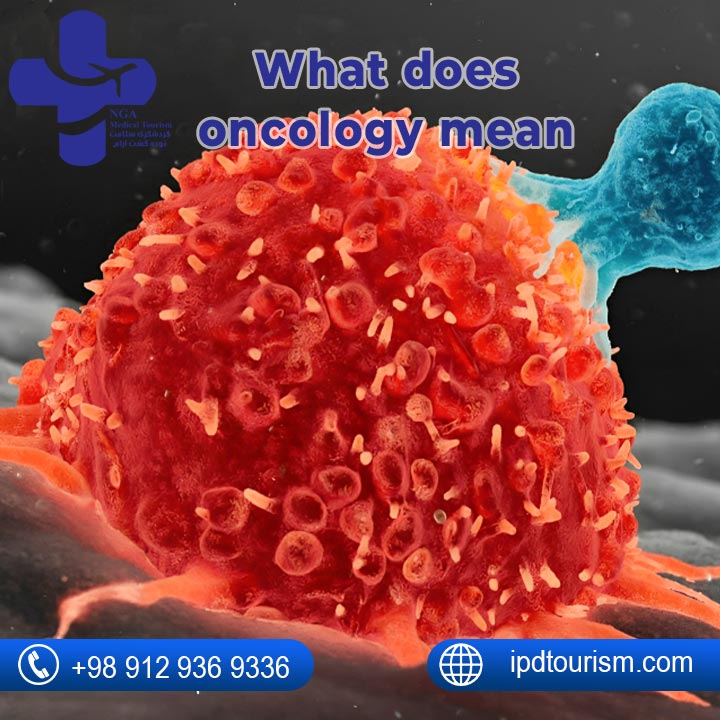
Oncology is the specialized field of medicine dedicated to the diagnosis, treatment, and research of cancer. Oncologists, highly trained medical professionals, work tirelessly to understand the complexities of this devastating disease, offering patients a range of treatment options such as chemotherapy, radiation therapy, immunotherapy, and targeted therapies. These treatments aim to combat cancer cells, alleviate symptoms, and improve patients’ quality of life.
What is blood cancer?
What is cancer radiotherapy and how does it work?
cancer and types of cancer
skin cancer in Iran
Skin cancer is a type of cancer that originates in the skin, often caused by excessive exposure to ultraviolet (UV) radiation from the sun or tanning beds. It includes three main types: basal cell carcinoma, squamous cell carcinoma, and melanoma, with early detection and prompt treatment being critical for successful outcomes.
prostate cancer in Iran
Prostate cancer is a malignancy that develops in the prostate gland, a part of the male reproductive system. It is one of the most common cancers in men, typically slow-growing, but early detection through screenings and personalized treatment is essential for managing the disease effectively.
pancreatic cancer in Iran
Pancreatic cancer is a highly aggressive and often deadly cancer that originates in the pancreas, with limited early symptoms and a generally poor prognosis. Early detection and treatment are challenging, making it one of the most challenging forms of cancer to manage.
cervical cancer in Iran
Cervical cancer is a type of cancer that develops in the cervix, the lower part of the uterus, often linked to persistent human papillomavirus (HPV) infection. Regular screenings, such as Pap tests, can help detect it early when it’s more treatable.
lung cancer in Iran
Lung cancer is a malignancy that forms in the lung tissues, usually associated with smoking and exposure to carcinogens; it’s the leading cause of cancer-related deaths worldwide, with symptoms often appearing in advanced stages.
esophageal cancer in Iran
Esophageal cancer is a cancer that develops in the esophagus, the tube that carries food from the mouth to the stomach, often diagnosed at an advanced stage, making treatment challenging and prognosis often poor.
ovarian cancer in Iran
Ovarian cancer is a type of cancer that originates in the ovaries, and it is often diagnosed at an advanced stage, leading to a lower survival rate; early detection is crucial for better outcomes.
bone cancer in Iran
Bone cancer is a rare form of cancer that starts in the bone tissue and can be primary (originating in the bone) or secondary (resulting from cancer spreading from other parts of the body); it requires specialized treatment such as surgery, chemotherapy, or radiation therapy.
endometrial cancer in Iran
Endometrial cancer is a type of cancer that begins in the lining of the uterus (endometrium) and is often characterized by abnormal vaginal bleeding; early diagnosis and surgical intervention are key for effective treatment.
neuroblastoma cancer in Iran
Neuroblastoma is a childhood cancer that develops from immature nerve cells, typically occurring in the adrenal glands or nerve tissue along the spine, and it may require a combination of treatments like surgery, chemotherapy, and radiation therapy for management.
bladder cancer in Iran
Bladder cancer is a malignancy that originates in the bladder’s lining and is often associated with symptoms like blood in the urine; treatment options may include surgery, chemotherapy, and immunotherapy, with outcomes varying depending on the cancer’s stage and grade.
blood cancer in Iran
Blood cancer refers to cancers that affect the blood, bone marrow, and lymphatic system, such as leukemia, lymphoma, and myeloma, and it typically requires specialized treatments like chemotherapy, stem cell transplantation, or targeted therapies to manage.
gall bladder cancer in Iran
Gall bladder cancer is a rare but aggressive malignancy affecting the gall bladder. Early detection and surgical intervention are crucial for improved outcomes in treating this form of cancer.
lymphoma cancer in Iran
Lymphoma is a type of cancer that originates in the lymphatic system, affecting immune cells called lymphocytes. Treatment may involve chemotherapy, immunotherapy, or radiation therapy depending on the specific type and stage of lymphoma.
leukemia cancer in Iran
Leukemia is a blood cancer that starts in the bone marrow, leading to the overproduction of abnormal white blood cells. Treatment involves chemotherapy, targeted therapy, and stem cell transplant based on the specific type and stage of leukemia.
Colon cancer in Iran
Colon cancer is a malignancy that arises in the colon or rectum, often developing from precancerous polyps. Early detection through screening is crucial for effective treatment and improved outcomes in managing colon cancer.
Kidney cancer in Iran
Kidney cancer involves the abnormal growth of cells in the kidneys, with treatments ranging from surgery to targeted therapies, depending on the stage and type of the cancer. Early detection and personalized treatment plans are crucial for improved outcomes.
Liver cancer in Iran
Liver cancer is characterized by the abnormal growth of cells in the liver, often linked to underlying liver diseases; treatment may involve surgery, transplantation, or localized therapies depending on the stage. Early diagnosis is critical for effective management and improved prognosis in liver cancer.
Brain cancer in Iran
Brain cancer involves the abnormal growth of cells in the brain, requiring treatments such as surgery, chemotherapy, or radiation therapy; early detection and comprehensive care are essential for optimal outcomes in managing brain cancer.
Ovarian cancer in Iran
Ovarian cancer is the abnormal growth of cells in the ovaries, often diagnosed in later stages; treatment involves surgery, chemotherapy, and targeted therapies, with early detection playing a crucial role in improving outcomes.
hematology oncology
Hematology oncology is a medical subspecialty that focuses on the diagnosis and treatment of blood disorders and cancers related to the blood and bone marrow. Hematologists-oncologists are physicians trained in both hematology (the study of blood and its components) and oncology (the study of cancer). They are experts in a wide range of conditions, including leukemia, lymphoma, multiple myeloma, anemia, and various bleeding disorders. These specialists use a combination of therapies, including chemotherapy, radiation therapy, stem cell transplantation, and targeted therapies, to manage and treat blood-related cancers and disorders, aiming to improve patients’ quality of life and, in some cases, achieve remission or cure.
Which country has the best cancer treatment?
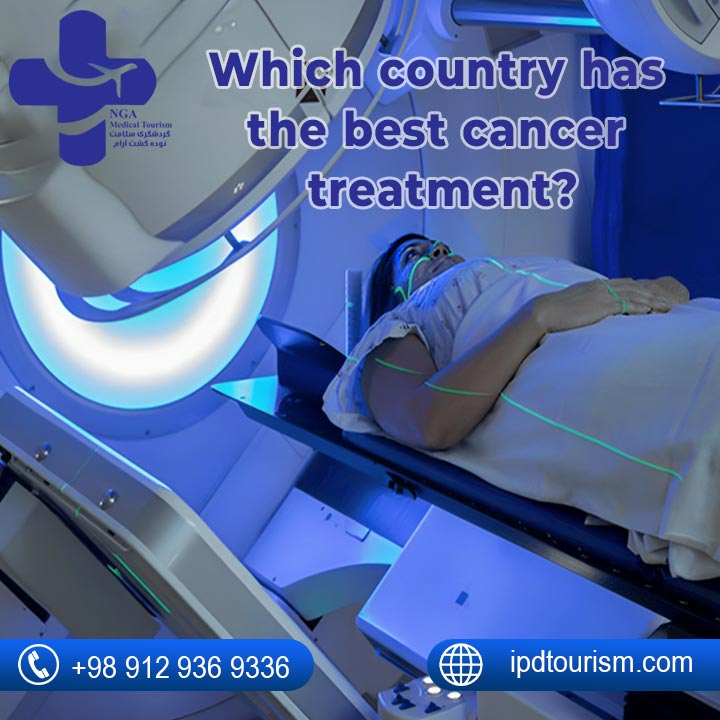
Cancer treatment in Iran has been advancing in recent years, with the country’s healthcare system developing high-quality cancer treatment facilities and services. Iran has several specialized cancer treatment centers, including the Cancer Institute at Imam Khomeini Hospital in Tehran, which is one of the largest and most advanced cancer centers in the Middle East.
Iran offers a range of cancer treatments, including chemotherapy, radiation therapy, surgery, and immunotherapy. The country also has a number of medical professionals who are specialized in various aspects of cancer treatment, including oncologists, radiation therapists, and surgical oncologists.
cost of cancer treatment in iran
In addition to its affordability, Iran indeed presents itself as a viable destination for cancer treatment. The country has made significant strides in the field of medical tourism, with numerous specialized hospitals and clinics offering a wide range of cancer therapies and treatments. Many Iranian medical professionals receive international training and stay updated with the latest advancements in oncology, ensuring that patients can access cutting-edge care. Furthermore, Iran’s rich cultural heritage and warm hospitality make it a welcoming destination for international patients, offering a supportive environment during their treatment journey.
Patients' experience of cancer treatment in Iran
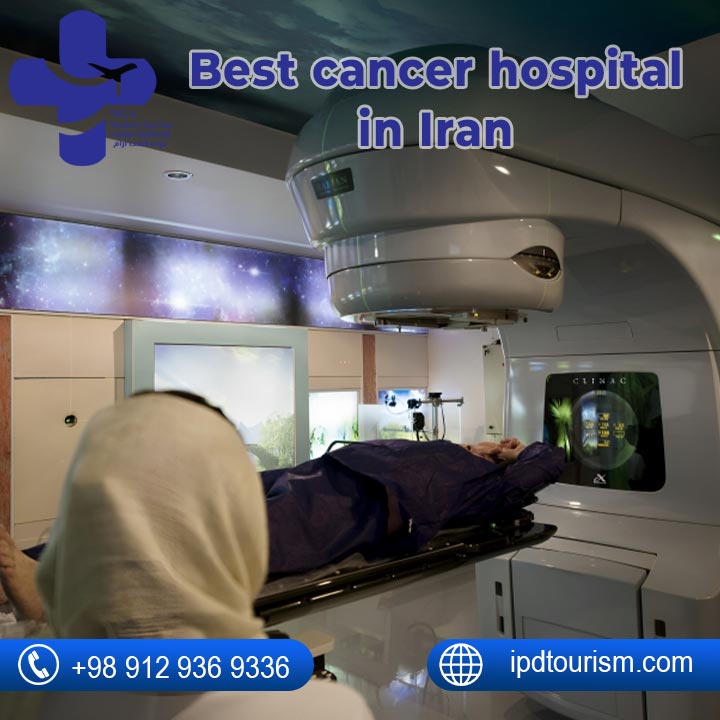
The Cancer Institute Hospital of Iran stands as a beacon of excellence in the realm of cancer treatment, earning its reputation as the best cancer hospital in the country. Renowned for its state-of-the-art facilities and a team of expert oncologists, the hospital is at the forefront of advancing medical interventions, from traditional treatments to cutting-edge therapies like immunotherapy. The Cancer Institute Hospital of Iran is dedicated to providing comprehensive and compassionate care, with a focus on personalized treatment plans tailored to each patient’s unique needs. This institution not only represents a medical powerhouse but also symbolizes a commitment to holistic well-being, integrating emotional and mental support systems into its approach. For those seeking top-notch cancer care in Iran, the Cancer Institute Hospital stands as a testament to the nation’s dedication to advancing oncology and providing a beacon of hope for patients on their journey to recovery.
Here are some of the doctors and professionals commonly involved in cancer treatment:
- Oncologist(Medical Oncologist, Surgical Oncologist, Radiation Oncologist)
- Pathologist
- Radiologist
- Surgeon
- Radiation Therapist
- Nurse Practitioner (NP) or Physician Assistant (PA)
- Oncology Nurses
- Genetic Counselor
- Palliative Care Specialist
- Social Worker
- Psychologist/Psychiatrist
What are the top treatments for cancer in Iran?
There are several types of cancer treatments, and the best treatment option for each patient depends on the type and stage of cancer, as well as the patient’s overall health and other individual factors. Here are some of the most common types of cancer treatments:
Surgery
Surgical intervention involves the removal of cancerous tumors or affected tissue, aiming to eliminate or reduce the cancer’s presence. It is often the primary treatment for localized cancers and can be curative or part of a comprehensive treatment plan.
Radiation therapy
Radiation therapy employs high-energy rays to target and destroy cancer cells. It can be delivered externally or internally, aiming to shrink tumors, alleviate symptoms, or eradicate residual cancer cells post-surgery. This treatment is often used in conjunction with surgery or chemotherapy for a comprehensive approach.
Chemotherapy
Chemotherapy utilizes powerful drugs to target and destroy rapidly dividing cancer cells throughout the body. It is administered orally or through intravenous infusion and is particularly effective against cancers that have spread or those with a high likelihood of recurrence.
Immunotherapy
Immunotherapy harnesses the body’s immune system to recognize and attack cancer cells. By enhancing the immune response, this treatment helps the body fight cancer more effectively. It is particularly promising for various cancers and often has fewer side effects compared to traditional treatments.
Targeted therapy
Targeted therapy involves using drugs that specifically target cancer cells, disrupting their growth and survival mechanisms. Unlike chemotherapy, which affects rapidly dividing cells, targeted therapy focuses on specific molecules involved in cancer development, leading to more precise and less harmful interventions.
Hormone therapy
Hormone therapy is employed for cancers that are hormone-sensitive, such as breast and prostate cancer. It involves blocking or inhibiting hormones that fuel the growth of these cancers, effectively slowing or halting their progression. Hormone therapy is often used in combination with other treatments for optimal results.
Stem cell transplant
Stem cell transplant, also known as bone marrow transplant, involves replacing damaged or diseased bone marrow with healthy stem cells. This procedure is commonly used after high-dose chemotherapy or radiation to restore the bone marrow’s ability to produce healthy blood cells. It is a critical treatment for various blood-related cancers, such as leukemia and lymphoma.
Chemotherapy in Iran, particularly at institutions like the Cancer Institute Hospital of Iran, exemplifies the nation’s commitment to advancing cancer treatment. As a pivotal component of cancer in Iran care, chemotherapy is administered with precision, utilizing state-of-the-art facilities and expertise. The Cancer Institute Hospital, recognized as a leader in cancer in Iran treatment, ensures that chemotherapy protocols are not only effective but also tailored to the individual needs of each patient.

- Mammography: A low-dose X-ray of the breast used to detect abnormalities or changes in breast tissue.
- Clinical Breast Exam (CBE): A physical examination of the breasts performed by a healthcare professional to check for any lumps or abnormalities.
- Pap Test (Pap Smear): A sample of cells is collected from the cervix and examined under a microscope to detect any abnormal changes.
- HPV (Human Papillomavirus) Test: A test that checks for the presence of high-risk HPV types that can lead to cervical cancer.
- Colonoscopy: A procedure in which a flexible tube with a camera is inserted into the colon to visualize the entire colon and rectum, and to remove precancerous polyps or detect cancerous growths.
- Fecal Occult Blood Test (FOBT): A test that detects hidden blood in the stool, which may be an early sign of colorectal cancer.
- Fecal Immunochemical Test (FIT): Similar to FOBT, this test detects blood in the stool but is more specific for human blood.
- Low-Dose Computed Tomography (LDCT): A specialized X-ray technique that provides detailed images of the lungs to detect early signs of lung cancer in individuals at high risk, such as long-term smokers.
- Prostate-Specific Antigen (PSA) Test: A blood test that measures the level of PSA, a protein produced by the prostate gland. Elevated PSA levels may indicate the presence of prostate cancer.
- Digital Rectal Exam (DRE): A physical examination in which a healthcare provider inserts a gloved finger into the rectum to feel for abnormalities in the prostate gland.
oncology doctor in Iran
Iran is home to a significant number of skilled oncology surgeons. These professionals possess expertise and extensive experience in performing surgical procedures related to the diagnosis and treatment of various types of cancers. High-level training and a track record of complex surgeries, coupled with the utilization of advanced technologies, have elevated these surgeons to prominent specialists in the field of oncology. Moreover, the combination of affordability and high-quality care in Iranian medical centers makes the country an appealing destination for international patients in search of oncology surgery services.
Why choose Iran for cancer treatment?

Iran boasts a well-established healthcare system with highly qualified medical professionals, many of whom have received international training in oncology. Additionally, Iran offers advanced medical technologies and cancer treatment options at a fraction of the cost compared to Western countries, making it an affordable option for patients seeking cancer care in Iran. Furthermore, Iran’s medical tourism sector has been growing, with numerous specialized hospitals and clinics catering to international patients and providing a comprehensive range of oncology treatments and therapies, making “Cancer Treatment in Iran” an attractive choice for those in need of specialized care.
Why Choose ipdtourism?
Ipdtourism is the ideal choice for international patients seeking oncology services. This reputable company collaborates with top-notch medical facilities in Iran, known for advanced cancer treatments and highly skilled professionals. Patients can access cost-effective yet cutting-edge cancer care, including chemotherapy, radiation therapy, immunotherapy, and targeted therapies, all while benefiting from Ipdtourism’s comprehensive support throughout their medical journey. With a commitment to excellence and a focus on patient well-being, Ipdtourism is a trusted partner for those seeking world-class oncology care in Iran.
conclution
In conclusion, cancer is a complex and formidable group of diseases characterized by uncontrolled cell growth, posing a significant global health challenge. The field of oncology, dedicated to the study, diagnosis, treatment, and prevention of cancer, plays a pivotal role in addressing this issue. Oncologists, armed with a multidisciplinary approach, continually strive to improve patient outcomes through innovative treatments, early detection, and personalized care. While the challenges posed by cancer are immense, ongoing research and advancements in oncology offer hope for better understanding, more effective treatments, and ultimately, a brighter future in the fight against cancer.
FAQ:
Skin cancer is also the most prevalent cancer in Iran (16) with a male-to-female ratio of 1.6 (17). This cancer is the first most frequent cancer for males with ASR of 18.93 and the second most frequent cancer for females with ASR of 13.09 (18). Overall, 7000 new cases are detected every year in Iran.
The most common treatments are surgery, chemotherapy, and radiation.
- Parsian Hospital.
- Pars Hospital.
- MOM Fertility Center World Class Fertility Care.
- Hazrat e Maryam Fertility Center.
- Gandhi Hotel Hospital.
- Erfan Niayesh Hospital.
- Erfan Hospital.
- Bahman Hospital.
Researchers are developing a new class of cancer drugs called radiopharmaceuticals, which deliver radiation therapy directly and specifically to cancer cells.
Doxorubicin is considered one of the strongest chemotherapy drugs for breast cancer ever invented. It can kill cancer cells at every point in their life cycle, and it’s used to treat a wide variety of cancers, not just breast cancer. Doxorubicin is also known as “The Red Devil” because it is a clear bright red color.
Stage 4 cancer usually can’t be cured. In addition, because it’s usually spread throughout the body by the time it’s diagnosed, it is unlikely the cancer can be completely removed. The goal of treatment is to prolong survival and improve your quality of life.
Milad Hospital is the largest specialized and subspecialized hospital in Iran.
The first BTK inhibitor, ibrutinib (Imbruvica), was approved in 2013, and additional inhibitors have followed. Approvals in January 2023 included an expanded approval for a next-generation BTK inhibitor and an accelerated approval for a reversible BTK inhibitor.
Letrozole helps stop your breast cancer coming back. By taking this medicine for 5 years (or sometimes up to 10 years), you have a better chance of being alive 15 years after your breast cancer was first diagnosed. Your specialist will be able to explain the benefits and risks of taking letrozole.
People being treated for primary breast cancer will usually take anastrozole for five to ten years. Some people start taking anastrozole after a number of years of taking another hormone therapy drug called tamoxifen.
- Perjeta. Product: Perjeta. …
- Xtandi. Product: Xtandi. …
- Avastin. Product: Avastin. …
- Herceptin. Product: Herceptin. …
- Gazyva. Product: Gazyva. …
- Jakafi. Product: Jakafi; Jakavi. Generic name: ruxolitinib. …
- Venclexta. Product: Venclexta. Generic name: venetoclax. …
- Rituxan. Product: Rituxan; MabThera. Generic name: rituximab.
- cyclophosphamide (Cytoxan)
- etoposide (VePesid)
- capecitabine (Xeloda)
- methotrexate (Trexall)
- temozolomide (Temodar)
Oncolytic viruses kill individual cancer cells, but studies also suggest that they can boost the immune system’s ability to recognize and kill a tumor. The viruses enter tumor cells specifically and replicate, eventually breaking the cells apart.
Lung/thoracic cancer ($2.9 billion) had the highest total annual cost and multiple myeloma ($9,019, SD $19,962) is the most expensive cancers to treat annually per patient.
Lung and bronchial cancer kill the most people worldwide and in the U.S. every year. Smoking and use of tobacco products are the major causes of it. There are two major types: non-small cell lung cancer, which is the most common, and small cell lung cancer, which spreads more quickly.
- Breast cancer.
- Prostate cancer.
- Testicular cancer.
- Thyroid cancer.
- Melanoma.
- Cervical cancer.
- Hodgkin lymphoma.
- Takeaway.
If defining “fastest-killing” cancer is based on which cancer has the worst 5-year relative survival rate, then it would be a tie between pancreatic cancer and malignant mesothelioma (a relatively rare cancer in the U.S. with about 3,000 cases a year).
Which Type of Cancer Spreads the Fastest? The fastest-moving cancers are pancreatic, brain, esophageal, liver, and skin. Pancreatic cancer is one of the most dangerous types of cancer because it’s fast-moving and there’s no method of early detection.
- Lung cancer.
- Colorectal cancer.
- Breast cancer.
- Pancreatic cancer.
- Prostate cancer.
Bone cancer is one of the most painful cancers. Factors that drive bone cancer pain evolve and change with disease progression, according to Patrick Mantyh, PhD, symposium speaker and professor of pharmacology, University of Arizona.
5 cm is about the size of a lime. 6 cm is about the size of an egg. 7 cm is about the size of a peach.
Does chemotherapy hurt? IV chemotherapy should not cause any pain while being administered. If you experience pain, contact the nurse taking care of you to check your IV line. An exception would be if there is a leak and the drug gets into surrounding tissues.
- Migraine. …
- Pain after surgery. …
- Sciatica. …
- Sickle cell disease. …
- Slipped disc. …
- Shingles. …
- Stomach ulcer. …
- Trigeminal neuralgia. Trigeminal neuralgia is a chronic pain condition that causes sudden, severe and sporadic facial pain, akin to a burning or electric shock sensation.

